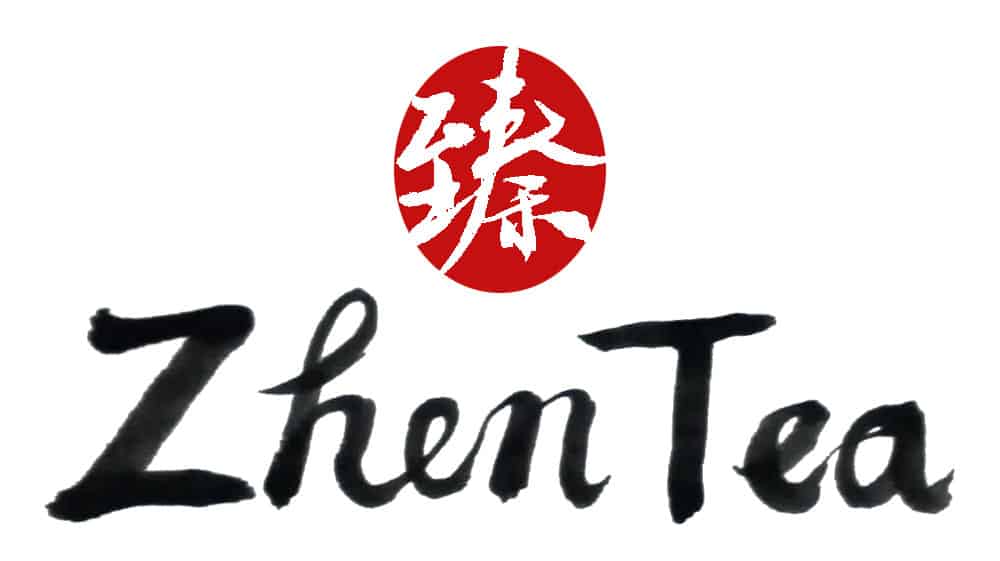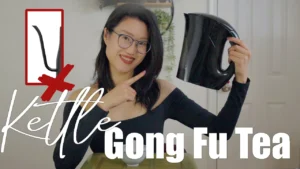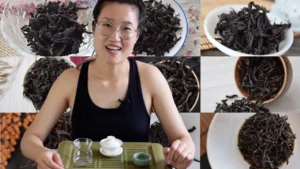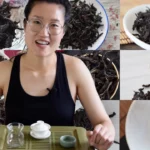Brewing a perfect cup of tea can be quite challenging. The amount of loose tea leaves, the temperature of the brewing water, the selection of teaware, the way to pour the water, etc. Almost every aspect of the whole process affects the flavour and the taste of the liquor. Among all the aspects of brewing, tea water temperature is the easiest one – either 100°C or around 90°C, at least that’s what I thought. Then I saw a variable temperature kettle at a friend’s house and I realized that, here in the west, almost each tea category is ascribed a different water temperature to brew.
This kettle surprised me with 5 pre-set temperatures:175°F/70°C for Green Tea,185°F/85°C for White Tea,195°F/90°C for Oolong Tea,200°F/93°C for French Press Coffee, and 212°F/100°C (boil) for Black tea. Later on I did a bit reading on the brewing temperature, and I realized that these different temperatures are widely suggested for brewing tea in North Amerieca. In general, I think the suggested temps are way too low for brewing Chinese tea, and here are the possible reasons:

Why Suggested Brewing Temps are So Low
- Western brewing style. The general western brewing style is to put the tea leaves in a big pot and infuse for a few minutes, then enjoy the tea. This method requires a cooler temperature so that the tea won’t be bitter and astringent.
- Quality of the tea. Unfortunately, this is one of the possible reasons behind the low water temperature suggestion. The lower the quality of the tea, the less tolerant the tea is to hot water. High temperature will bring out the bitterness and astringency of the tea easily. While the aroma may not be affected so much, the flavour will be totally ruined. Therefore, it is quite possible that the real problem gets dodged, and the blame goes to high water temperature. In fact, high quality tea requires high water temperature to bring out the full flavour, aroma, and mouth feel. Using lower temperature to brew good teas will not destroy it, however you may only enjoy half of the value you paid for or miss the real beauty entirely.
So, how do you brew Chinese tea properly? Rule No.1, please forget about the temperature suggestions mentioned above, especially when you are about to enjoy high quality tea. The general suggestion for yellow and green tea is about 195°F/90°C (boil the water first then cool down to this temperature), for the rest, 212°F/100°C. And here are two justifications I hear the most against high water temperature for brewing:
Excuses for Low Brewing Temperatures
- Green and yellow teas are very delicate, only the lower temperature won’t ruin its flavour. Honestly, during the green tea process the tea leaves have gone through much higher temperatures than boiling water. But why do I still suggest 195°F/90°C for yellow and green tea instead of boiling water? Because I also suggest using a clear glass to brew it so that you can enjoy the beauty of tea buds and leaves in the water, and keep adding water to the tea when the glass only has ⅓ left until it’s tasteless to you. So slightly lower temperatures mean it’s less likely that you will get burned or the tea will get bitter because it has been sitting in the water for too long. But if you use a gaiwan to brew, 212°F/100°C water is still fine, but please make sure that you pour the water out quickly enough.
- The teas that are made of buds require lower water temperature because the buds are fragile and precious, and high water temperature will ruin them. This is a very popular misunderstanding for teas that contain buds. High quality tea buds are precious but they are not excessively fragile. Buds can be stout and strong, just as they can also be weak and skinny. I have met people who claim that the little skinny tea buds are a symbol of high quality tea. However, I say these malnourished and underdeveloped buds cannot provide a rich mouthfeel at all, and it can never be a high quality tea. This can be a tip when choosing Bai Hao Yin Zhen (Silver Needle) or Jin Jun Mei. The buds that are used for such teas should be healthy and strong with soft luster, instead of skinny and fragile. And those real good buds can not only stand high water temperature, but they actually need boiling water to provoke the aroma and the taste.

Nevertheless, there are exceptions:
- real tea masters adjust water temperature according to different teas. I know a tea master who never uses boiling water to brew tea. He has his unique way to brew tea, especially when pouring the water. The tea he brews always has a unique flavour that people cannot name. It is indeed fascinating. However, this is not reached within days. It is years of experience with tea that gives him such ability and flexibility. He is a master of assessing the characteristics of each individual tea by looking at and smelling the dry leaves and he adjusts his brewing technique accordingly. This is a deep intimacy and real understanding of tea.
- the water temperature suggestion I gave above is based on traditional Chinese brewing methods. If using western brewing method, it is advisable to adjust water temperature.
- lower quality tea needs lower temperature. Nothing’s wrong with drinking tea bags. The most important thing is that you enjoy it. Please feel free to lower the water temperature when brewing if necessary.
Again, this is a general guide for those who just started to learn about Chinese tea. As I always say, start with my suggestion but do not stick to it, and learn to feel the tea. Brewing a perfect cup of tea means to bring out the best of the tea using your brewing techniques. And the brewing skills can be widely different. Each tea requires different handling, and mastering the brewing temperature is only the beginning of the journey of Cha Dao.









